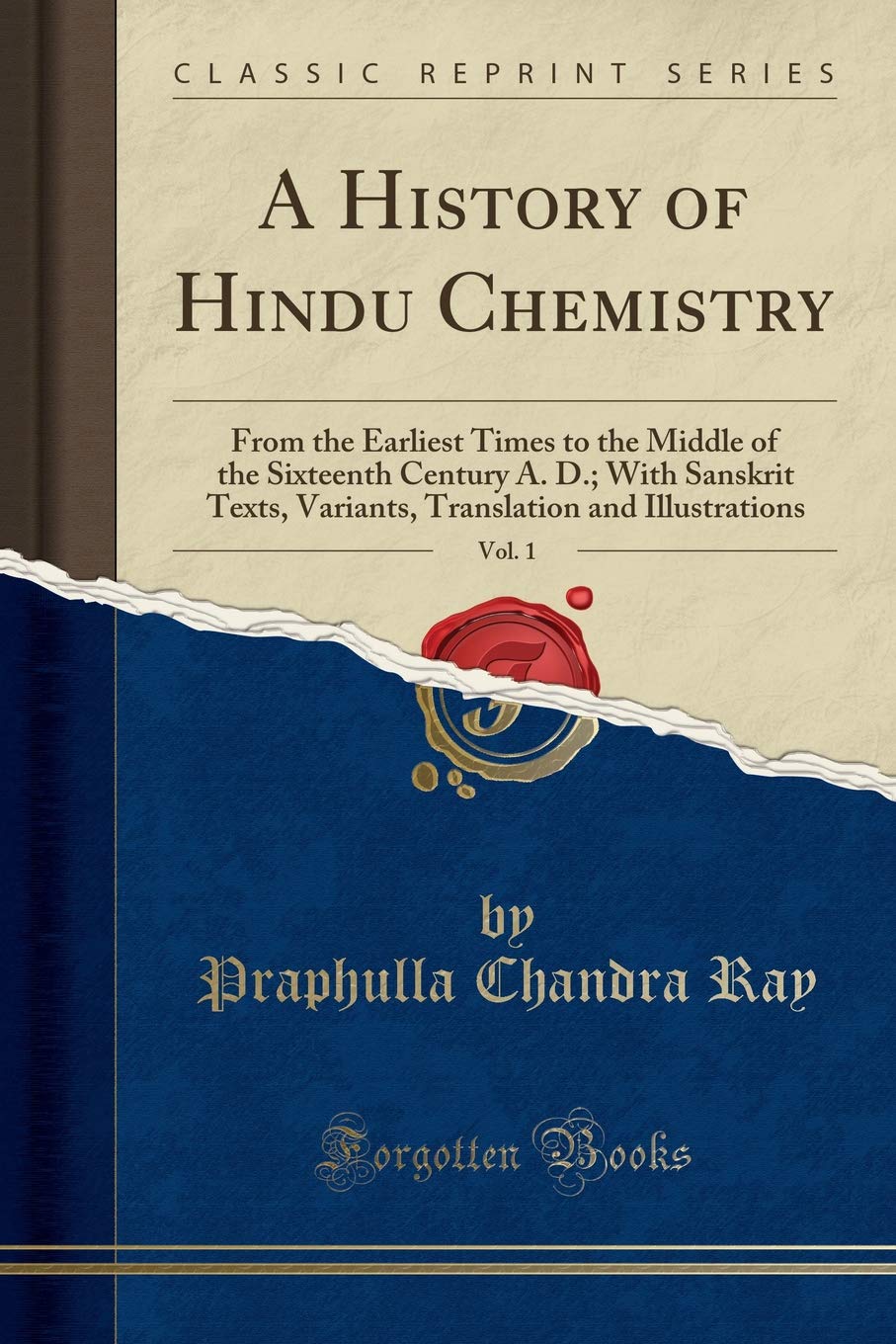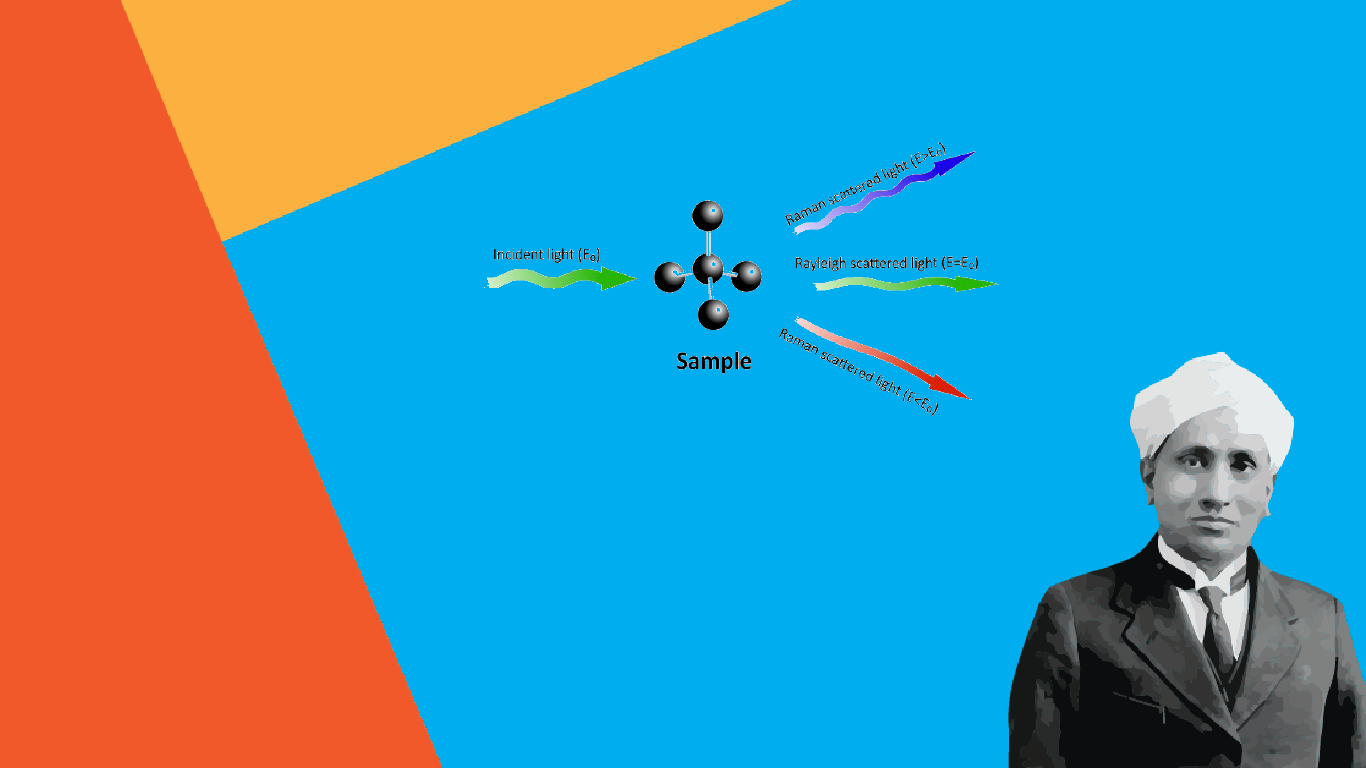Prafulla Chandra Ray


Known as the father of Indian Chemistry, Prafulla Chandra Ray is one of the greatest teachers in the field of chemistry. He is one of the first “modern” Indian chemical researchers. Born on 2nd August 1861 (Vikram Samvat Year-1918), Khulna (East Bengal, now Bangladesh), his parents were Landlord Harish Chandra Ray (Father) and Bhubanmohini Devi (Mother). Despite missing two years of his formal education, he did not let an illness be an obstacle to his studies and continued studying in his father’s extensive library.
He was awarded a fellowship to the University of Edinburgh in 1882, where he received his BS and then PhD in 1887. Despite the popularity of organic chemistry, he chose to pursue inorganic chemistry and became an expert in mineral salts. He received the “Hope Prize” for his thesis on “Conjugated Sulphates of the Copper-Magnesium Group: A Study of Isomorphous Mixtures and Molecular Combinations“. He returned to India in 1888 and received a position at the Presidency College in Calcutta as an assistant professor in the following year.
In 1896, he discovered a new compound, Mercurous Nitrite [HgNO3]. He published around 150 research papers during his lifetime. Most of the articles on science were issued in renowned journals of that time. He also researched organic compounds containing sulphur, double salt, homomorphism and fluorination.
In 1892, with a small capital (700 INR), he established Bengal Chemical Works. It flourished under his administration. It initially produced herbal products and indigenous medicines. By 1901, the enterprise became a limited company, Bengal Chemical and Pharmaceutical Works (BCPW), India’s first pharmaceutical company and soon became a leading chemicals and medicine producer.
After researching ancient texts, he published “The History of Hindu Chemistry” previously known as “A History of Chemistry in Ancient and Medieval India” in two volumes in 1902 and 1908 respectively. It had detailed and extensive knowledge of metallurgy and medicine in ancient India.
In 1916, he retired from Presidency College and worked at Calcutta University for the next 20 years. He represented many Indian universities at international seminars and congresses. He was elected as the Indian Science Congress President in 1920. He published his autobiography “Life and Experiences of a Bengali Chemist” in two volumes in 1932 and 1935, which documents his motivations as a scientist and the sweeping changes India had experienced during his lifetime.
Prafulla Ray was noteworthy for his passion and his philanthropy. He lived frugally and needed very little money. He donated most of his earnings to noble causes such as funding research and student support. With his persistent efforts and dedication to reform society, he established many industries such as Bengal Enamel Works, National Tannery Works and the Calcutta Pottery Works and continued promoting khadi. Remaining a bachelor throughout his life, Professor Prafulla Ray died on 16th June 1944 at the age of 82, leaving his mark on the world in many forms like being a dedicated scientist, a philanthropist and most importantly a golden soul.
The Royal Society of Chemistry had awarded Prafulla Ray a Landmark Plaque in 2011, the first-ever plaque awarded outside Europe. In India, he was honoured by a special exhibition at the Science Centre in Kolkata in 2011.







